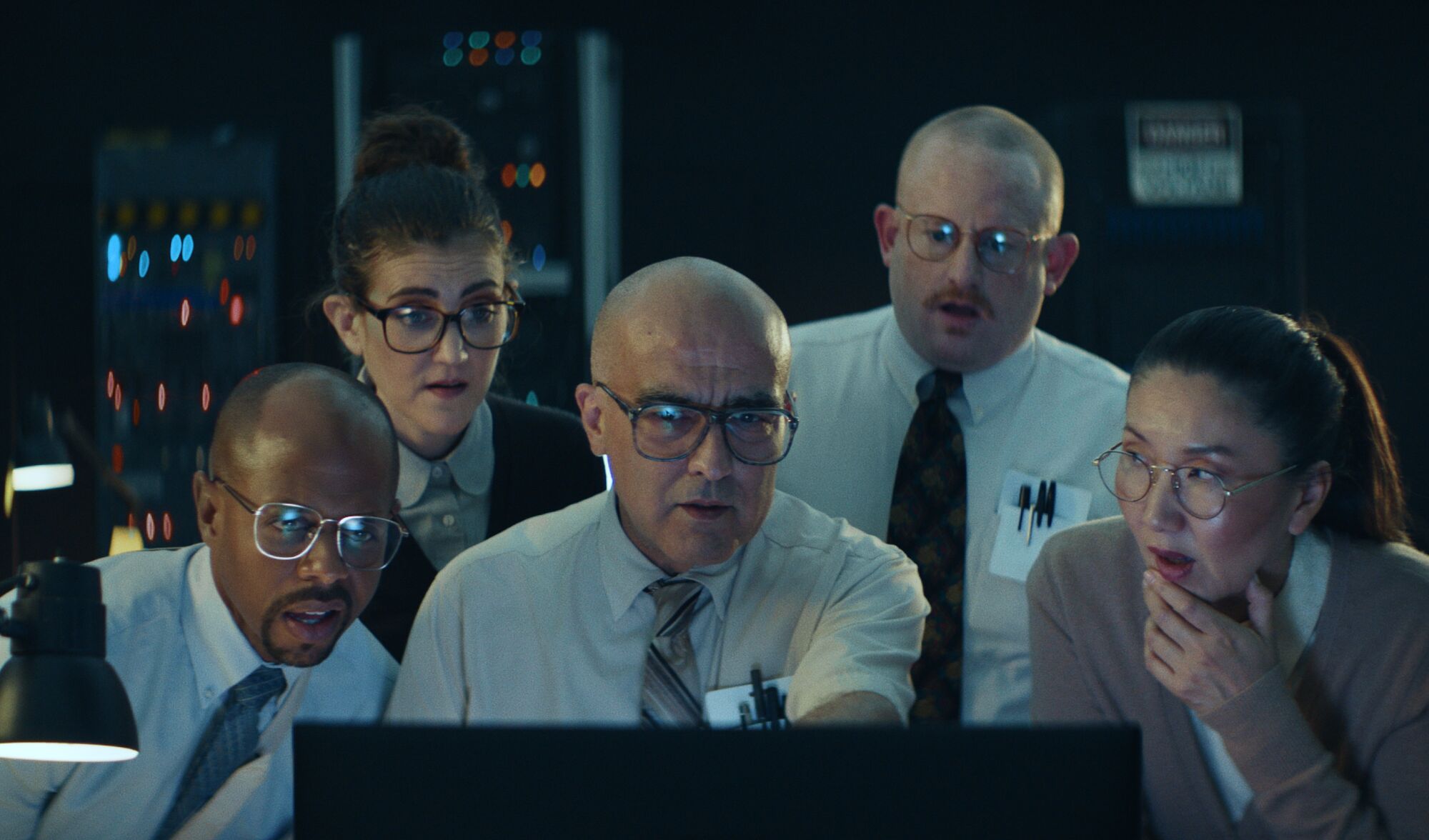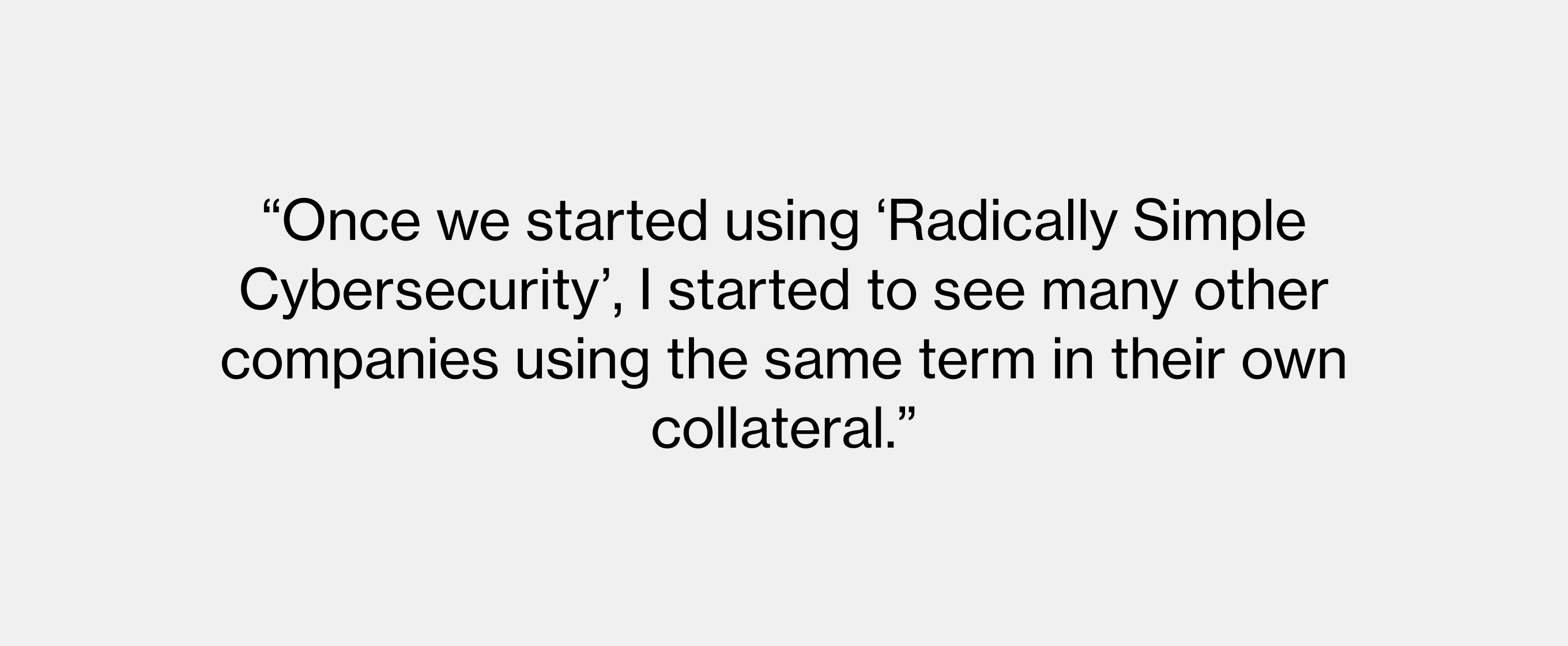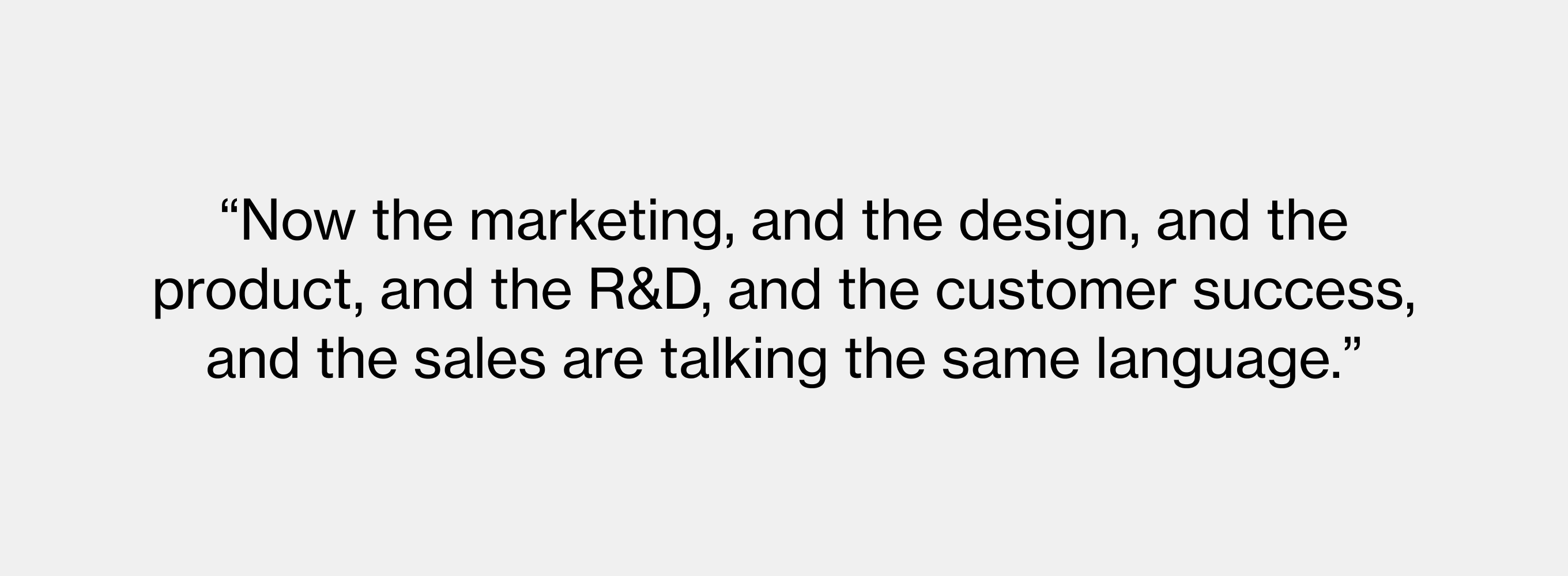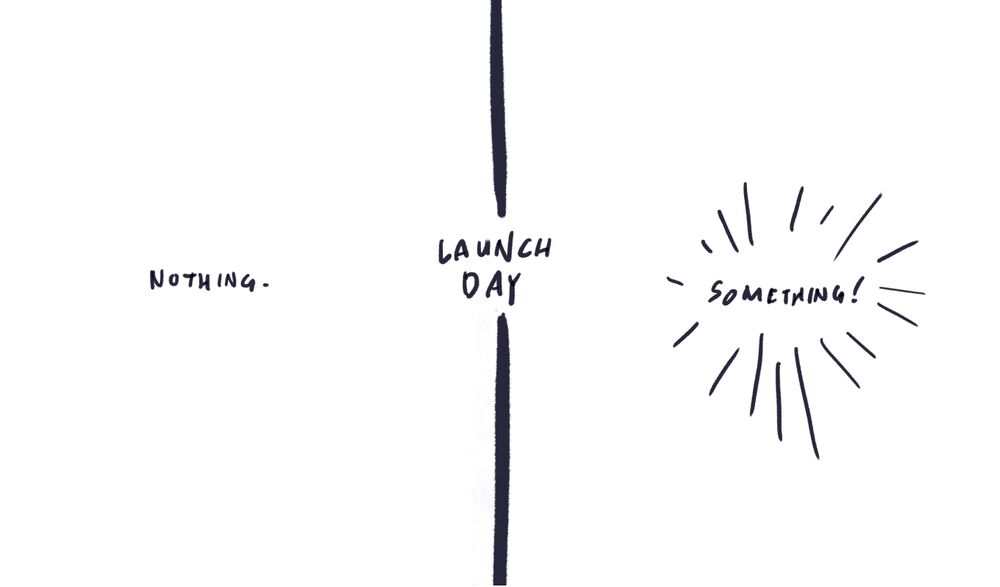Category Launch with Sagi Gidali, Co-founder, Perimeter 81
People give their attention to what they remember. What they remember most are people and products that are categorically different.


There’s nothing like a good plan.
In recent weeks, we gave you our Category Launch Framework. We talked about the four Areas of Work you’ll want to master to be successful, how Category OKRs keep your team in sync and executing for launch day, and the five principles that successful category launches follow—things like “Make News,” “Prove It”, and “Throw Some Elbows.”
Okay, fine, but how do these ideas actually work in the real world?
We recently sat down with Sagi Gidali, Co-founder and Chief Growth Officer at cybersecurity startup Perimeter 81, to find out. In our conversation, Sagi talks about how his company’s recent category launch went down, the power of getting his entire company aligned around a single strategic narrative, and the results of their category launch—six months, $100m in funding, and one “Unicorn” designation later.

Do you remember the moment that you guys were like, okay, we need to do some strategy around category?
You know, when people asked us, "So, what do you do and how do you explain Perimeter 81? And what is the differentiator of P81 versus the competitors?" Every time there was a different answer. So that was the point where we understood that we need to consolidate our messaging and create a new category that will help us to elevate above the noise in the market and coordinate all the messaging and the efforts within the company.
How did you land on your category, The Cybersecurity Experience Platform?
We decided to go with this name because we felt that it's really reflecting the company and the feedback that we get from partners, from customers about our product. So one of the main points, it's about the simplicity—how can you simplify the consumption of cybersecurity? So when you do that in a good way, you create a differentiation in the market. And this is what allows us to gain hundreds of customers, and new customers every month.
One thing that happened on this project was the campaign line, “Radically Simple Cybersecurity” resonated more with your customers than the category name, and so you ended up using the campaign line more. Can you talk a little bit about that?
Once we started to use this in conferences, in online campaigns, in our website, in collateral, I started to see many other companies using the same term in their own collateral. And even some of our competitors started to use “radically simple” and talking about simplicity and ease of use. So I think this is evidence that it worked pretty well. And we’re still doubling down on simplicity and ease of use.
So this is something we run into a lot—our clients want to create a category name, but we also recommend that they have some kind of campaign line as a hook, and that the two things are used differently. So when you want to talk about the noun, the “what” the thing is, that's your category name. But when we want to hook people out in the world with “what does it really offer?”, that's that campaign line.
This [campaign line] worked brilliantly. I must say. It was very catchy and many people adopted it. And also in the company, many people are talking about a radically simple office, radically cool and connecting it to many different other associations in the company. So it's also internally and externally.
Oh, that's great. Let's talk about how you launched the category. So once we got done with the strategic narrative, the category name, and the tagline, it's time to then go, okay, how are we going to launch this into the world? Did you launch the category internally first? Did you have an all-hands meeting and pull everybody together and say, “this is a big moment”?
So what we did, we planned the lightning strike. So we had a very organized plan. And one of the things that we do is we had meetings with all the teams in the company and we did a category intro meetings. So we created a deck with several slides and we explained first about “what is the category,” what was the process, who participated, why we chose the name. And then, we read the POV for the teams. And we went over the materials and explained everything that we did in the process. So we hoped to get the company blessing and engagement to connect everybody to a huge event. And this was the first time that we did a global event in the company—we did events at the same time in Tel Aviv, New York and L.A. for the employees to reveal the new category. And that's where we showed the video for the first time.
So we worked on a video together. That was something that we did as part of the launch. I saw the footage come back from the shoot, and I was like, oh, this is going to be really good. My sense is that it worked out really well for you guys, but can you tell me just a little bit about how the video worked?
So we built a big campaign around the video. First of all, we implemented the video in the website. You can still check it out on perimeter81.com. Brilliant video that explains in a very intelligent way what the product does. And it’s funny, which is also very important and reflects the spirit of the company and how we do things. And other things that we did—we built a digital campaign, a performance campaign on YouTube and pushed the video over there. We also got thousands of organic views and with the paid campaign, tens of thousands of different views. And we saw huge spikes in the social channels and the entrance to the website and the engagement in YouTube.

And were you using the video out in the world to get people to come to your website to learn more, or were you using it more once people come to the website to kind of learn about your offering?
So we had, I think, a 10 second cut, 30 second, and the 90 second. And we use the long cut basically just to educate a bit about the product and what we do. The short cut it was in the performance campaigns. When you do that in YouTube, for example, you want to engage with the people really quickly and to make sure that all we'll see the entire video or will come to the website itself. So we tried different approaches.
We're not inexpensive, right? It's a fair amount of money for a startup to pay for these services. And so what I always hope for and what I recommend is that our deliverables are things that you could reuse over and over or you could use in a lot of different scenarios, or even the script in the video, there's copy and messaging in there that you could then take out and put into banners and use as headlines and things like that. So in my mind that really makes more sense economically. Did it work out that way for you guys? It's okay to say no.
So we utilize all the materials in many different channels. So we use it for banners, we used it in different presentations. So there is a halo effect of the video. And also for visitors that are coming to the website. It's the first thing that they see on the homepage. It's above the fold. It's very dominant. They can click the play button and easily understand what we do as a company. And this is what we were trying to say and to do. So it's hard to measure what is happening and what is the effect of the video on all the traffic that is coming to the website. But we did see improvement in the conversion with the new homepage that we launched. So we launched a new homepage as well after the lighting strike. So we saw an uplift with the conversion.

So what about sales, what did you do on the sales side of things to make sure that they were telling the same story that marketing was and against the same work that the product team was doing?
So prior to the launch of the new category, we prepared special collaterals and special materials for sales. We created the battle cards. We updated the materials. And after the launch, we kept on working on more materials for the sales team, more calls, building a very strong interface between the marketing team and the sales team in order to deliver the messaging in a better way.
With the goal being sort of a continuity between what your prospects are experiencing in marketing and what they hear in a sales conversation, is that right?
Yeah. So, it's a circle. So we have the marketing which is pushing the narrative and the messaging. The sales are learning, observing the messaging and talking with the customers. And then the marketing needs to get the feedback. So it's a loop. And from that, we need to improve our messaging and work again with the sales about that.
So what about the product side of things? Did you see any change in the product team after you had done the category strategy?
If I saw a change? No. I think it made the point much stronger that we need to continue and invest in [ease-of-use]. For example, we are leading in the category of zero trust network access—which is one of the pillars of our product—in the Forrester Wave report. They chose Perimeter 81 among huge companies which are publicly traded for tens of billions of dollars because of the ease of use and user experience. And this is also combined and together with the new category. And this is like part of our road map and what we do in the company and how we're going to continue to build the product. And we invest in more projects on a very large scale in order to deliver the best experience.
It sounds like between you guys being ranked as the number one zero-trust solution and the category strategy and the launch and everything, that it maybe just gives the product team a little bit more confidence and belief that the direction that they're going in is the right direction.
Yes. So it's confidence, belief and I think also alignment between all the teams in the company, and this is like one of the most important things. So now the marketing, and the design, and the product, and the R&D, and the customer success, and the sales are talking the same language. So when you have this guideline, it's much easier to communicate. So it increases the efficiency in the company and the productivity. And it's a mission that everybody is engaged with and committed to. So it's much easier to talk with each other. It's much easier to be on the same page and to be aligned with the people. And it's much easier to push new things when you have a very strong baseline. I’m also a big believer in building the infrastructure for scale. So sometimes you don't see the ROI immediately but you will see it in the future. It's for the long term and you will see what will happen when all the dots will get connected together. So this is another contributor to the scale of the company and to the growth. So now when you have 300 employees, you need to tell them the same story, the same mission, to be aligned with all of them.
I was just thinking that as a business owner, I often make the mistake of thinking that the people who work for me understand what's in my mind more than they actually do. And that I don't always think that it's necessary at first, but whenever I really write things down, especially into something like a strategic narrative or strategy, it goes so far because I thought that my staff knew more what I was thinking than they actually did. And so the process of writing it down and all agreeing in alignment really makes our company work so much better.
It was also a bonding event for the entire company and also for the team that managed the entire category creation. So it [connects] the people and also [connects] the company. When you do such an event on a very large scale, it creates lots of engagement and pride to the employees. I was very happy to see everybody cheering, enjoying the movie.
Well, it's been great talking with you. Do you have any advice to those other founders or other people working at startups considering this path of category creation and strategic narrative and things like that?
I think it really helps internally and externally to go through this process. I learned a lot about myself, about the company, about the product, how to do that better. It was like a new ground for me and a new expertise that I gained. And every time we learn from our past experiences and the next time will be much, much better. And my tip is, you should dare and you should be bold when you approach that. It's important to consolidate your messaging and to build the framework. It'll help you to get to a better scale and success.
Next.
